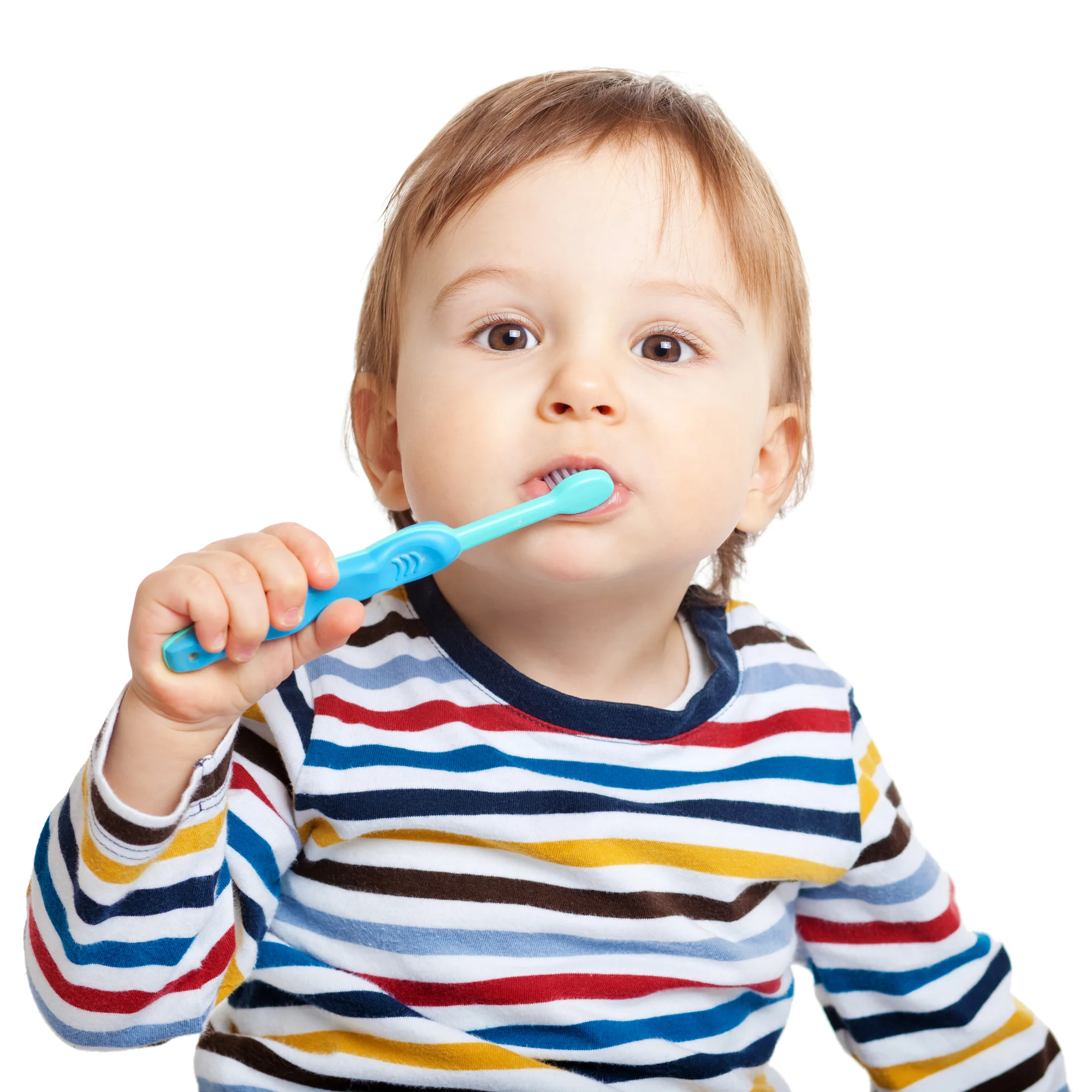Every mom wants to keep her child’s teeth clean and cavity-free. But munching on sweets and not brushing properly can wreak havoc on a child’s pearly whites, causing cavities which could later on become infected and turn into painful abscesses.
“Parents should know that cavities are preventable,” says Dr. Georgina Isabel Roa Remulla, DDM, pediatric dentist at Toothcamp Pediatric Dentistry.
Tooth decay is caused by the Streptococcus mutans bacteria. These live and thrive within plaque – a sticky, colorless film of bacteria and sugars that form on teeth. If these bacteria are left on the teeth undisturbed, they will find nourishment in sugar-laden food and drinks. These bacteria will then be capable of producing acid-like substances which can dissolve minerals in the tooth. A cavity will soon develop, Dr. Georgina explains.
It is important for mom and dad to care for their child’s teeth from the get-go. That is, as soon their child’s teeth erupts. By his first birthday, a visit to the dentist is a must. From there, the dentist will see how often your child needs to have a dental checkup.
Here are some pointers to help keep cavities away:
#1 Explain to your child the importance of brushing one’s teeth.
“Brushing is meant to remove the plaque that forms daily,” she says.
Let your child know that brushing his teeth is important not only in keeping it clean and healthy, but also in keeping cavities away. Explain to him how cavities develop. It is also important for him to be conscious of what’s left in his mouth if he does not brush before he goes to sleep.
“Breast milk, formula, fresh milk, or other liquids containing sugars in the form of sucrose, lactose, glucose, and fructose can cause cavities if left in the mouth as the child sleeps,” says Dr. Georgina.
#2 Use the right toothpaste.
Look for a toothpaste with the right concentration of fluoride, which is 1000 to 1450 ppm. This will help strengthen the enamel layer of the tooth.
“Read the label to know if you are using the right toothpaste,” Dr. Georgina says.
As for the amount of toothpaste, Dr. Georgina recommends “using only a smear amount for kids below two years old and a pea-sized amount for kids over two years old.”

#3 Teach your child to brush his teeth properly.
“When brushing, it is best to angle the brush at a 45º towards the gum line. Use short, gentle strokes to remove the plaque,” she says.
Cavities often develop on the upper front teeth near the gum line in young children. If you’re brushing your child’s teeth, lift his upper lip to clearly see the gum line.
Parents of kids one to three years old may find it easier and more efficient to brush their little ones’ teeth while they are lying down on the bed. They can just wipe out the excess toothpaste with a cloth. They don’t need to rinse.
Parents of older kids are advised to stand behind them. Ask them to lean their heads back so they can see their teeth when they brush.
Parents need to brush their children’s teeth until they are about eight years old.
#4 Brush at least twice a day.
“The most important time to brush is before bedtime,” she says.
Dr. Georgina encourages parents to supervise their children while they brush their teeth. Because brushing involves a certain amount of dexterity, younger kids may need help.
She says, “Until the child can tie his own shoe laces, his parents need to brush his teeth.”
#5 Steer clear of “sticky” types of food.
Last but not least, Dr. Georgina asks parents to avoid serving their kids food that “sticks” to the teeth or take time to be washed out naturally by saliva. Bread, cookies, cakes, chips, and candies are among these types of food.
“Avoid frequently exposing teeth to sugary substances. It’s better to drink a sweetened drink in one sitting than slowly sip it throughout the day,” she says.
Dr. Georgina Remulla earned her Certificate in Pediatric Dentistry at the Columbia University School of Dental Medicine in New York after finishing dental medicine at the University of the Philippines. She is currently a pediatric dentist at Toothcamp Pediatric Dentistry. She placed seventh at the Philippine Regulation Commission Dental Licensure Exam, and is an international member of American Academy of Pediatric Dentistry, a board member of the Pediatric Dentistry Association of Asia, and a fellow of the International College of Dentists.


Leave a Reply